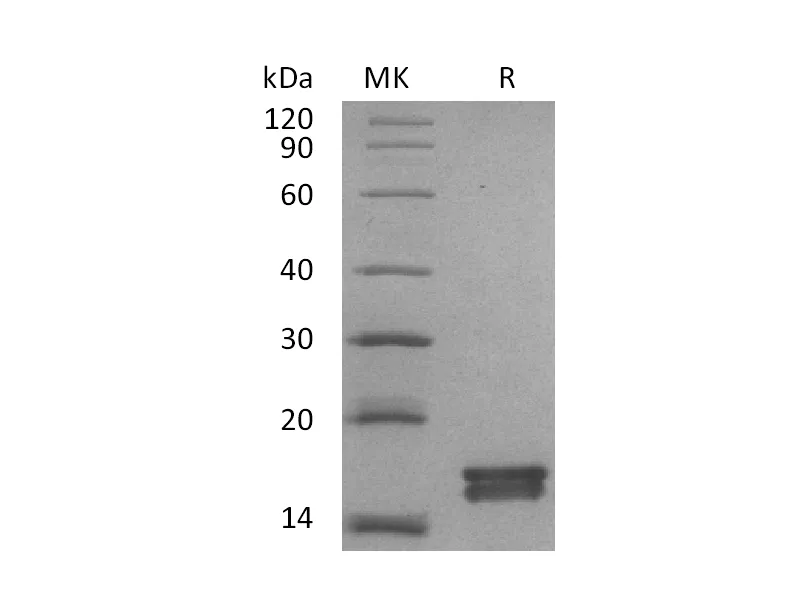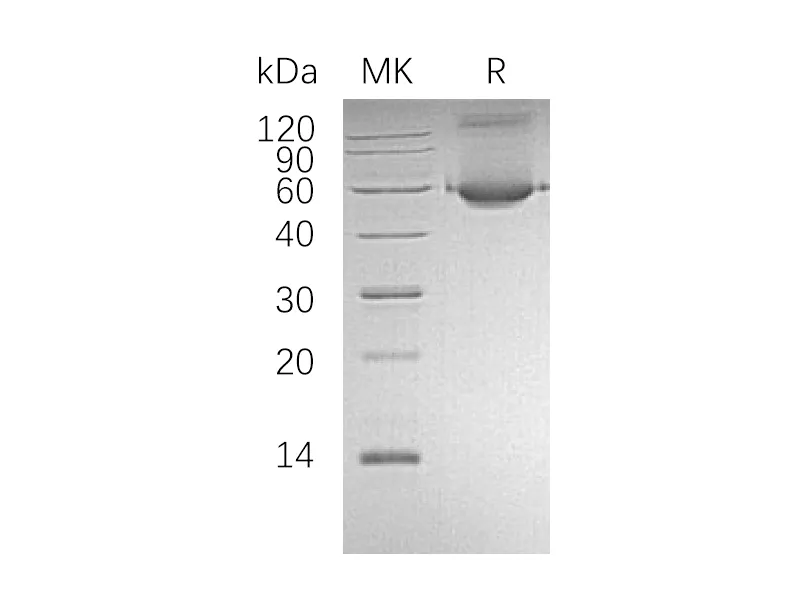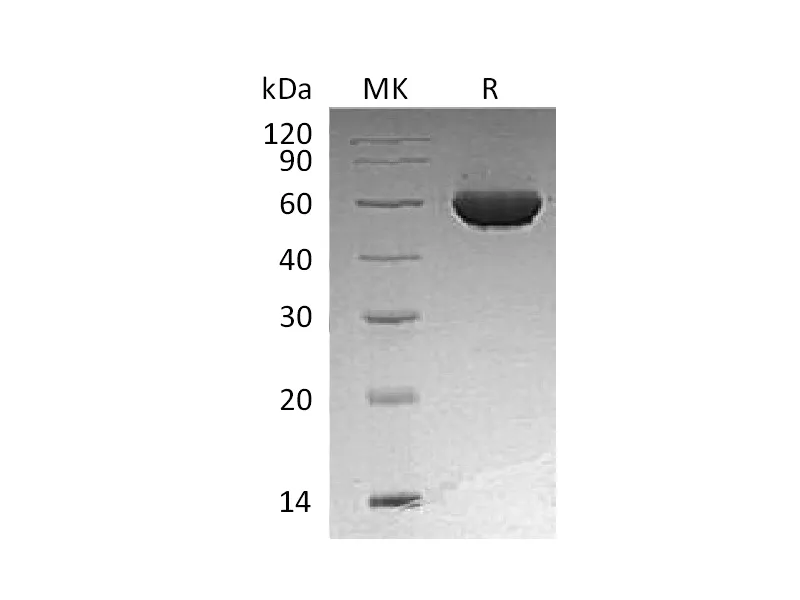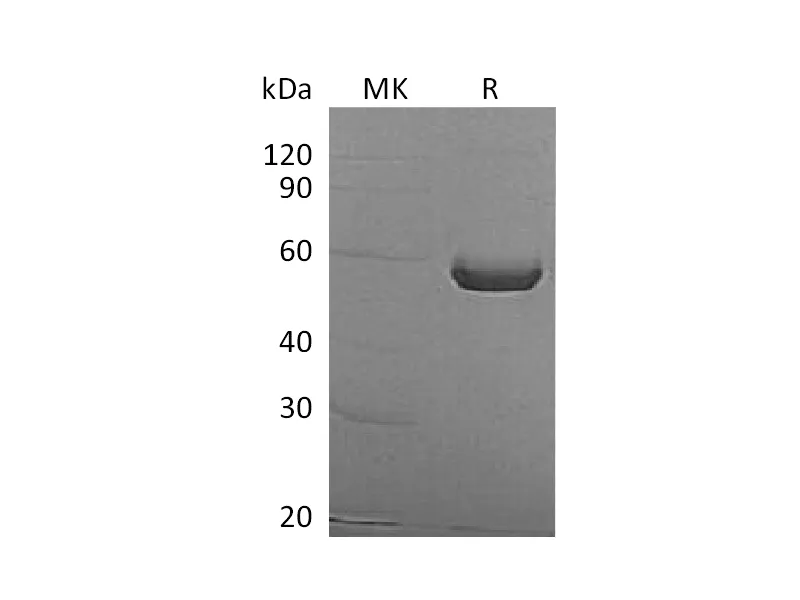Alternative Names
Tumor Necrosis Factor Receptor Superfamily Member 3; Lymphotoxin-Beta Receptor; Tumor Necrosis Factor C Receptor; Tumor Necrosis Factor Receptor 2-Related Protein; Tumor Necrosis Factor Receptor Type III; TNF-RIII; TNFR-III; LTBR; D12S370; TNFCR; TNFR3; TNFRSF3
Background
Tumor necrosis factor receptor superfamily member 3, also known as Lymphotoxin-beta receptor,Tumor necrosis factor C receptor,Tumor necrosis factor receptor 2-related protein,Tumor necrosis factor receptor type III,LTBR,TNFCR, TNFR3 and TNFRSF3, is a member of the tumor necrosis factor (TNF) family of receptors. LTBR is a single-pass type I membrane protein and contains four TNFR-Cys repeats. It is expressed on the surface of most cell types, but not on T and B lymphocytes. LTBR and its ligand play a role in the development and organization of lymphoid tissue and transformed cells. Activation of LTBR can trigger apoptosis. In addition, LTBR can lead to the release of the cytokine interleukin 8.
Note
For Research Use Only , Not for Diagnostic Use.




